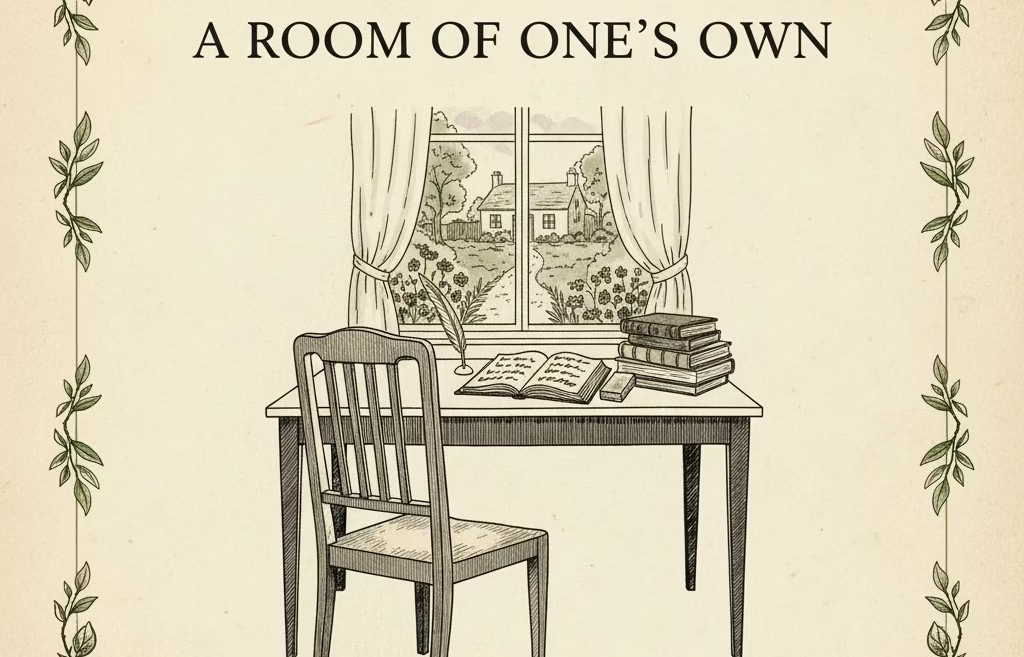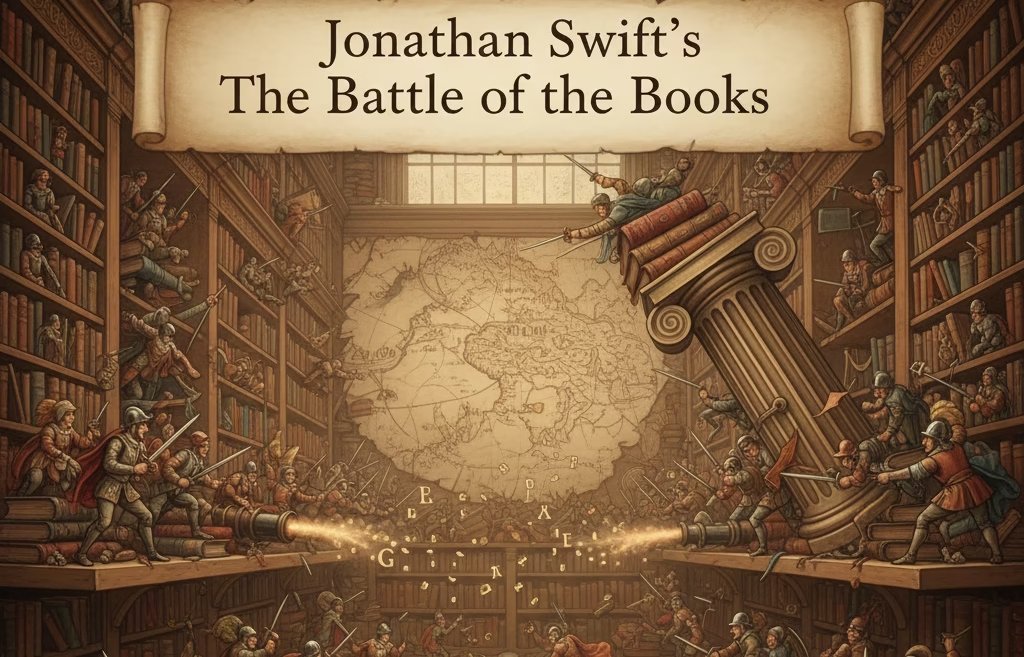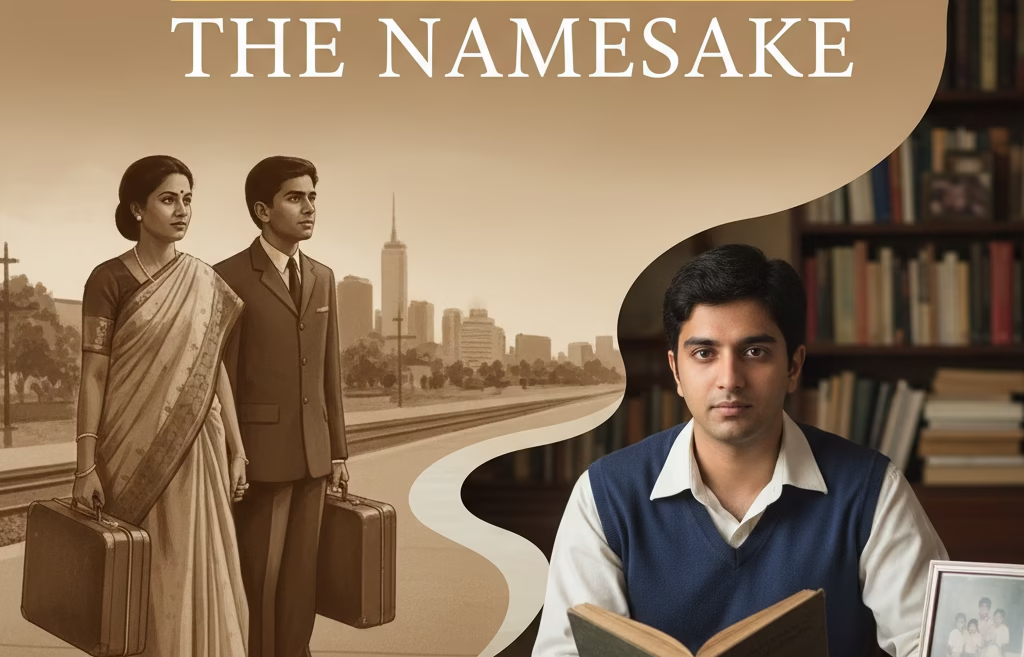INTRODUCTION
Ralph Ellison’s Invisible Man stands as one of the most potent and enduring voices in American literature—a novel that defies easy categorization and refuses to be forgotten. Since its publication in 1952, it has challenged readers to confront harsh realities about identity, race, and society’s refusal to acknowledge certain people truly. The narrative follows an unnamed Black man who feels invisible—not because he is unseen, but because society refuses to see him for who he truly is.
My first encounter with Invisible Man was profoundly transformative. I remember sitting in a quiet study, surrounded by shelves of books, when the narrator declared, “I am an invisible man.” Instantly, I realized that invisibility was not merely physical absence but a social and psychological erasure. This powerful theme resonates as deeply in our modern world as it did in the 1950s.
Ralph Ellison’s Invisible Man: Birth of a Landmark Novel
Ralph Ellison did not set out to write a “race novel.” He wanted to explore the depths and paradoxes of identity—the ways American life, with its contradictions and cruelties, shapes the psyche. The story emerged partly from Ellison’s sense of being between worlds, both invisible and hyper-visible as an African American writer in the mid-century United States.
Although often mistaken as a “race novel,” Invisible Man is more accurately a profound exploration of human identity pressed under the weight of societal invisibility. Ellison, navigating his own experience as an African American writer, crafted a novel that travels far beyond simple social commentary. The novel transcends its historic moment to question what it means to be seen, heard, and acknowledged in any oppressive system. FULL TEXT
Overview of Invisible Man
The story follows an unnamed Black narrator, living underground and reflecting on the journey that led him to vanish from society’s gaze. After earning a scholarship to a Black college, he witnesses first-hand the crushing realities of racism—from the humiliating “battle royal” to the betrayals in Harlem’s political machine. Along the way, he tries again and again to shape himself into what others expect, only to find that no achievement can win him true acceptance.
As he tells us in the iconic opening:
“I am an invisible man… simply because people refuse to see me.”
The novel’s narrator begins underground in a room flooded with hundreds of electric light bulbs, symbolizing his current state of isolation and invisibility. He reflects on the life events that led him to such solitude. A small-town youth, he earned a scholarship to a Black college, where he faced humiliation in a “battle royal” against other Black youths for the entertainment of white elites. This event exposes the raw mechanisms of racial subjugation, setting the tone for the narrator’s ongoing struggle.
The narrator’s journey home to New York City unfolds as a series of disillusionments. There, he becomes involved with the Brotherhood, an organization ostensibly committed to racial and social justice but ultimately manipulative and politically self-interested. The narrator is repeatedly forced to choose between external expectations and his authentic self.
The climax happens during the Harlem riots, where social tensions explode into chaos. The narrator must flee from Ras the Exhorter, who demands his lynching. Ultimately, the narrator falls into an open manhole, which is quickly sealed shut, forcing him to confront his invisibility and isolation even more deeply.
He ends the novel self-reflecting and preparing to emerge from underground, signaling a readiness to reclaim his own identity and visibility in the world.
Ralph Ellison’s Invisible Man: Themes and Motifs
Identity and Invisibility
Central to Ralph Ellison’s Invisible Man is the metaphor of invisibility. The narrator is invisible because society refuses to see him as a real human being beyond stereotypes and projections. Throughout the narrative, mirrors, shadows, and faceless crowds emphasize this erasure. The narrator’s invisibility symbolizes the experience of many Black Americans, as well as anyone marginalized who struggles to assert their identity. In a world that often prefers to overlook or misunderstand them, their true selves remain unseen and unacknowledged.
Racism and Social Power
The novel uses power dynamics to reveal racism’s insidious nature. The narrator experiences racism not only in overt violence but through manipulation and control by institutions like the college and the Brotherhood. Ellison shows how social systems and ideologies embed racial prejudice to suppress individual agency.
The Search for Meaning
The narrator’s existential journey, colored by disappointment and hope, mirrors the universal human search for meaning. He is not content with any surface-level identity handed to him, whether by racial conformity, political ideology, or social expectation. This search propels the narrative and gives it philosophical depth beyond its historical moment.
Blindness—Literal and Metaphorical
Blindness functions as both literal and metaphorical imagery across the novel. The battle royal forces participants to wear blindfolds; the blind preacher Barbee symbolizes spiritual and social blindness. Ellison suggests that true sight requires moral awareness—it is not enough to “see”; one must recognize and respond to the humanity before them.
Narrative Techniques and Style
Ellison employs a wide stylistic range, blending realism with surrealism and symbolic imagery. The prose often shifts rhythmically, echoing the improvisational nature of jazz—a cultural touchstone in African American life. This blend of voices—from the vernacular to philosophical musings—adds complexity and invites multiple readings.
The narrator’s voice is both personal and political, weaving idiomatic phrases with formal reflection. This technique underlines the tension between private identity and public persona, a theme woven throughout the narrative.
Historical and Social Context
Invisible Man was published just before the Civil Rights Movement began. It shows American racial tensions in cities and schools. The novel critiques racism directly. It also exposes flaws in some political groups. These groups claim to fight for racial justice but fall short in many ways. This historic context amplifies the novel’s urgency and relevance. EXPLORE OTHER AUTHORS
The Impact and Legacy of Invisible Man
Invisible Man remains foundational in American letters. It has inspired generations of writers, activists, and thinkers. The novel’s refusal to simplify its protagonist’s struggle ensures its ongoing critical discussion. Its complex portrayal of identity, power, and social invisibility draws scholars and readers alike.
Personal Reflection
Returning to the novel today, I find its invitation to examine our own “blind spots” both confronting and necessary. Ellison presents invisibility not only as imposed from outside but as a condition internalized and sometimes accepted by those who suffer it. The narrator’s eventual decision to emerge from underground is simultaneously an act of courage and hope. It reminds me why stories remain crucial—not to provide answers but to provoke questions.
Conclusion
Invisible Man endures because it holds a mirror to the unfinished work of seeing—truly seeing—one another. No textbook summary can capture the grit, humor, or heartbreak in Ellison’s words. This novel does more than document a time or a people. It demands that we all stand up, step out of the shadows, and refuse to remain invisible.
Invisible Man challenges us to look beyond appearances, to listen deeply to voices rendered invisible by history and prejudice. Ellison’s masterpiece asks something timeless: what would it mean to see another person truly? The novel’s profound interrogation of identity, society, and race remains urgent, shedding light on ongoing struggles for recognition and equality.
For scholars, educators, and readers, Invisible Man offers endless layers for study and reflection. It is not simply a story but a mirror showing humanity’s unfinished work of seeking to be known, seen, and understood.
Frequently Asked Questions
Why does the narrator call himself an “invisible man”?
The narrator is “invisible” because society refuses to truly see him beyond stereotypes and prejudice, erasing his identity and individuality.What is the significance of the “battle royal” scene?
The battle royal symbolizes the brutal social and racial power dynamics, with white elites pitting Black men against one another for their entertainment, illustrating systemic oppression.What are the main themes of Invisible Man?
Key themes include racial invisibility, identity and self-discovery, power and corruption, social isolation, and the quest for meaning in an unjust society.How does Ellison use symbolism in the novel?
Symbols such as light bulbs, mirrors, and blindness deepen the novel’s exploration of invisibility, perception, and social blindness.Why is the narrator unnamed?
Ellison leaves the narrator unnamed to emphasize the universal struggle for identity and invisibility experienced by marginalized individuals.






1 Comment
[…] Conrad’s work, while a product of its time, continues to confront readers with the “darkness” that persists within modernity. Its psychological and political insights challenge us to confront our own complicities and question the narratives we inherit. EXPLORE MORE AUTHORS […]